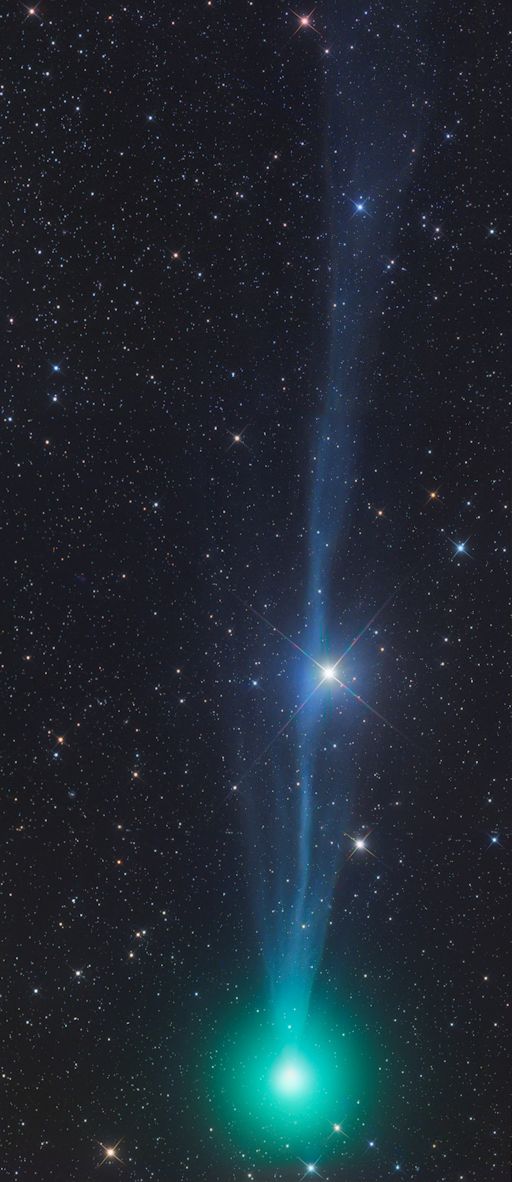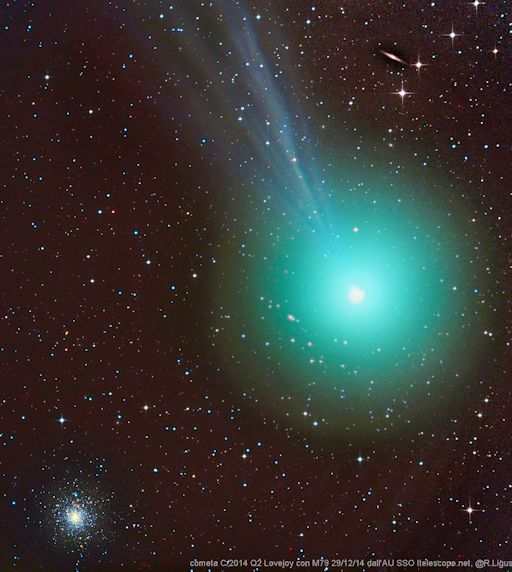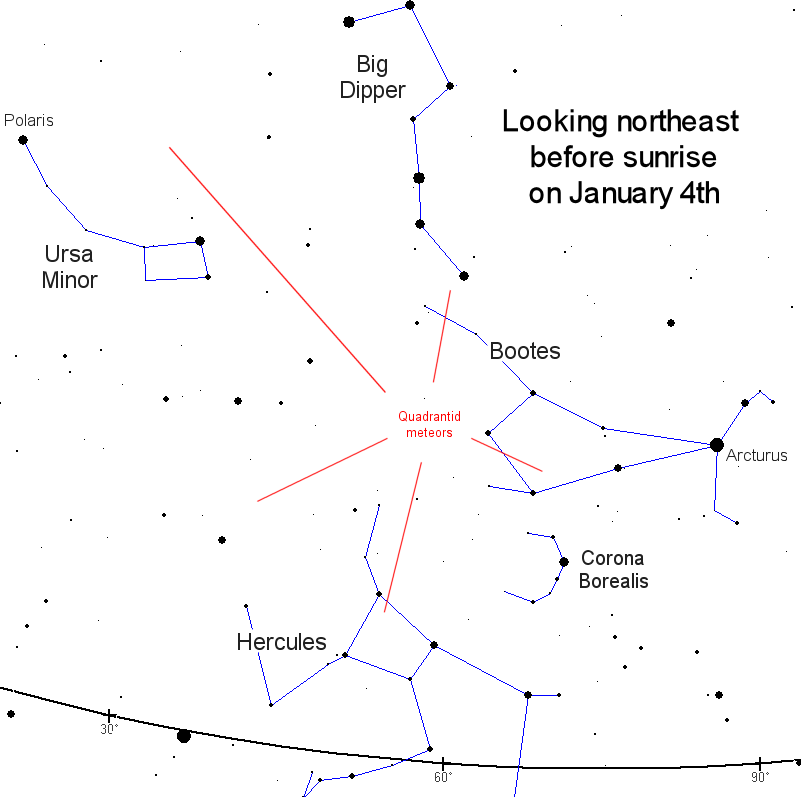
earthquake swarm, virgin island region, volcanic eruption to follow...
massive 6.7 plus plus hits or much greater. expo star k
torque times delta t..
3.5
11km ESE of Harper, Kansas
2014-12-22 02:45:07 UTC-05:00
5.5 km
3.7
38km SSW of Redoubt Volcano, Alaska
2014-12-22 02:40:19 UTC-05:00
120.5 km
5.8
Pacific-Antarctic Ridge
2014-12-22 02:19:41 UTC-05:00
10.0 km
2.8
78km NNW of Charlotte Amalie, U.S. Virgin Islands
2014-12-22 02:11:09 UTC-05:00
30.0 km
2.8
33km SSW of Anchorage, Alaska
2014-12-22 02:08:18 UTC-05:00
49.8 km
4.3
186km SW of Bella Bella, Canada
2014-12-22 01:51:41 UTC-05:00
13.6 km
2.9
147km W of Newport, Oregon
2014-12-22 01:17:19 UTC-05:00
5.0 km
2.7
75km N of Culebra, Puerto Rico
2014-12-22 01:02:16 UTC-05:00
30.0 km
2.9
80km N of Culebra, Puerto Rico
2014-12-22 01:00:33 UTC-05:00
27.0 km
2.9
71km NNW of Charlotte Amalie, U.S. Virgin Islands
2014-12-22 00:58:32 UTC-05:00
47.0 km
3.0
16km NW of Langston, Oklahoma
2014-12-22 00:05:53 UTC-05:00
5.0 km
3.0
99km NNW of Talkeetna, Alaska
2014-12-22 00:04:34 UTC-05:00
133.9 km
2.8
57km ESE of Road Town, British Virgin Islands
2014-12-22 00:01:04 UTC-05:00
34.0 km
3.2
58km SSE of Boca de Yuma, Dominican Republic
2014-12-21 22:44:04 UTC-05:00
63.0 km
3.8
15km ENE of Cherokee, Oklahoma
2014-12-21 22:40:57 UTC-05:00
5.0 km
2.6
76km N of Culebra, Puerto Rico
2014-12-21 22:40:07 UTC-05:00
24.0 km
2.8
81km NNW of Charlotte Amalie, U.S. Virgin Islands
2014-12-21 22:20:18 UTC-05:00
31.0 km
4.2
15km NW of Turka, Russia
2014-12-21 22:05:17 UTC-05:00
19.7 km
2.7
78km N of Culebra, Puerto Rico
2014-12-21 21:01:37 UTC-05:00
31.0 km
3.4
137km NNE of Vieques, Puerto Rico
2014-12-21 20:42:25 UTC-05:00
71.0 km
4.7
100km SSE of False Pass, Alaska
2014-12-21 20:31:54 UTC-05:00
25.3 km
2.9
76km NNW of Charlotte Amalie, U.S. Virgin Islands
2014-12-21 19:50:48 UTC-05:00
30.0 km
2.7
78km N of Culebra, Puerto Rico
2014-12-21 19:27:50 UTC-05:00
30.0 km
2.7
76km N of Culebra, Puerto Rico
2014-12-21 19:14:48 UTC-05:00
39.0 km
3.0
76km NNW of Charlotte Amalie, U.S. Virgin Islands
2014-12-21 18:58:35 UTC-05:00
18.0 km
2.7
83km NNW of Charlotte Amalie, U.S. Virgin Islands
2014-12-21 18:32:59 UTC-05:00
35.0 km
2.8
76km N of Culebra, Puerto Rico
2014-12-21 18:28:15 UTC-05:00
36.0 km
4.7
138km SE of Lolayan, Indonesia
2014-12-21 18:01:03 UTC-05:00
59.4 km
2.8
75km NNE of Luquillo, Puerto Rico
2014-12-21 17:40:42 UTC-05:00
55.0 km
3.0
80km NNE of Luquillo, Puerto Rico
2014-12-21 17:35:13 UTC-05:00
66.0 km
2.7
73km NNW of Charlotte Amalie, U.S. Virgin Islands
2014-12-21 17:17:23 UTC-05:00
51.0 km
3.9
79km NNW of Charlotte Amalie, U.S. Virgin Islands
2014-12-21 17:14:46 UTC-05:00
24.0 km
2.9
76km N of Culebra, Puerto Rico
2014-12-21 17:03:16 UTC-05:00
32.0 km
3.0
76km N of Culebra, Puerto Rico
2014-12-21 16:37:30 UTC-05:00
33.0 km
2.9
72km N of Culebra, Puerto Rico
2014-12-21 16:14:21 UTC-05:00
43.0 km
5.0
47km N of Agrihan, Northern Mariana Islands
2014-12-21 16:13:53 UTC-05:00
134.2 km
3.4
71km SSW of Chernabura Island, Alaska
2014-12-21 16:03:06 UTC-05:00
32.0 km
3.4
22km SSE of Medford, Oklahoma
2014-12-21 13:42:55 UTC-05:00
5.0 km
3.2
22km S of Medford, Oklahoma
2014-12-21 13:36:00 UTC-05:00
5.0 km
4.9
43km SSE of Cayambe, Ecuador
2014-12-21 12:40:40 UTC-05:00
10.0 km
4.7
39km NNE of Shikotan, Russia
2014-12-21 11:51:17 UTC-05:00
117.5 km
4.6
15km WSW of Nagano-shi, Japan
2014-12-21 11:17:06 UTC-05:00
21.2 km
3.3
14km SW of Caldwell, Kansas
2014-12-21 10:44:05 UTC-05:00
1.5 km
2.5
71km ENE of McGrath, Alaska
2014-12-21 10:08:37 UTC-05:00
0.5 km
5.2
155km WNW of Tobelo, Indonesia
2014-12-21 09:18:42 UTC-05:00
62.1 km
4.7
165km NNW of Kota Ternate, Indonesia
2014-12-21 09:01:03 UTC-05:00
50.9 km
5.2
162km WNW of Tobelo, Indonesia
2014-12-21 08:40:42 UTC-05:00
52.6 km
5.3
160km WNW of Tobelo, Indonesia
2014-12-21 08:29:57 UTC-05:00
56.3 km
2.8
14km E of Charlotte Amalie, U.S. Virgin Islands
2014-12-21 08:17:33 UTC-05:00
28.0 km
4.7
9km SSW of San Javier, Chile
2014-12-21 07:36:56 UTC-05:00
78.4 km
2.7
72km SE of Lakeview, Oregon
2014-12-21 06:51:08 UTC-05:00
2.2 km
6.6
157km WNW of Tobelo, Indonesia
2014-12-21 06:34:14 UTC-05:00
54.7 km
4.5
193km SW of Bella Bella, Canada
2014-12-21 05:45:46 UTC-05:00
10.0 km
4.2
22km W of Puerto Madero, Mexico
2014-12-21 05:35:01 UTC-05:00
10.0 km
4.0
190km SW of Bella Bella, Canada
2014-12-21 05:19:49 UTC-05:00
22.2 km
5.2
52km ENE of Hernani, Philippines
2014-12-21 05:00:12 UTC-05:00
35.0 km
4.9
208km SW of Bella Bella, Canada
2014-12-21 04:40:48 UTC-05:00
12.4 km
3.0
73km N of Culebra, Puerto Rico
2014-12-21 04:28:20 UTC-05:00
6.0 km
2.9
3km SSE of Helena, Oklahoma
2014-12-21 03:53:23 UTC-05:00
5.0 km



 :P :P
:P :P












